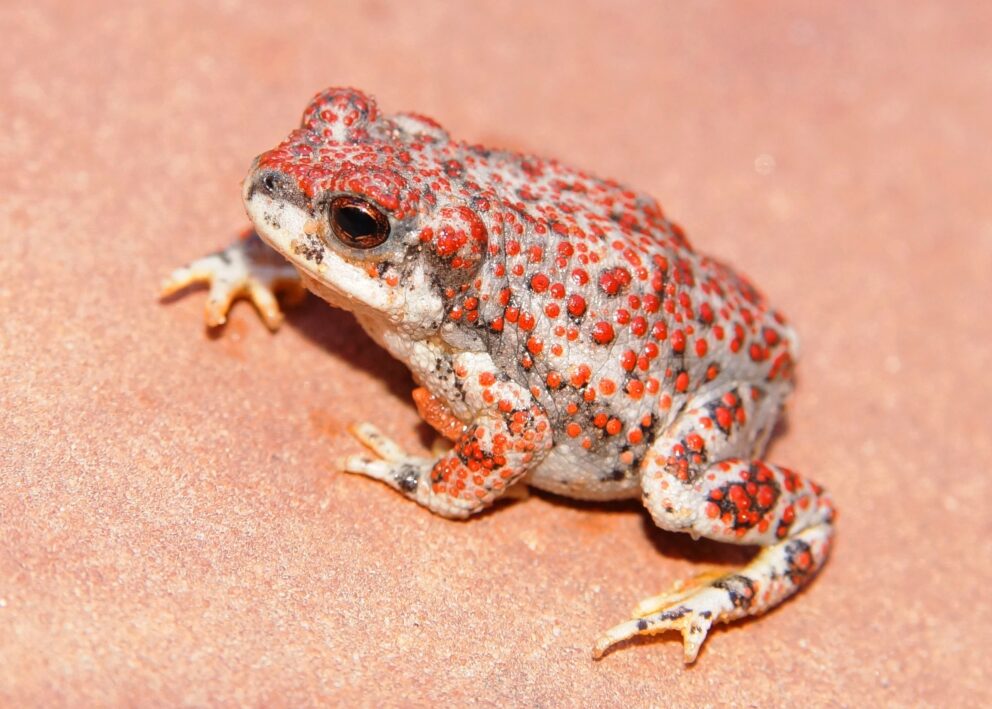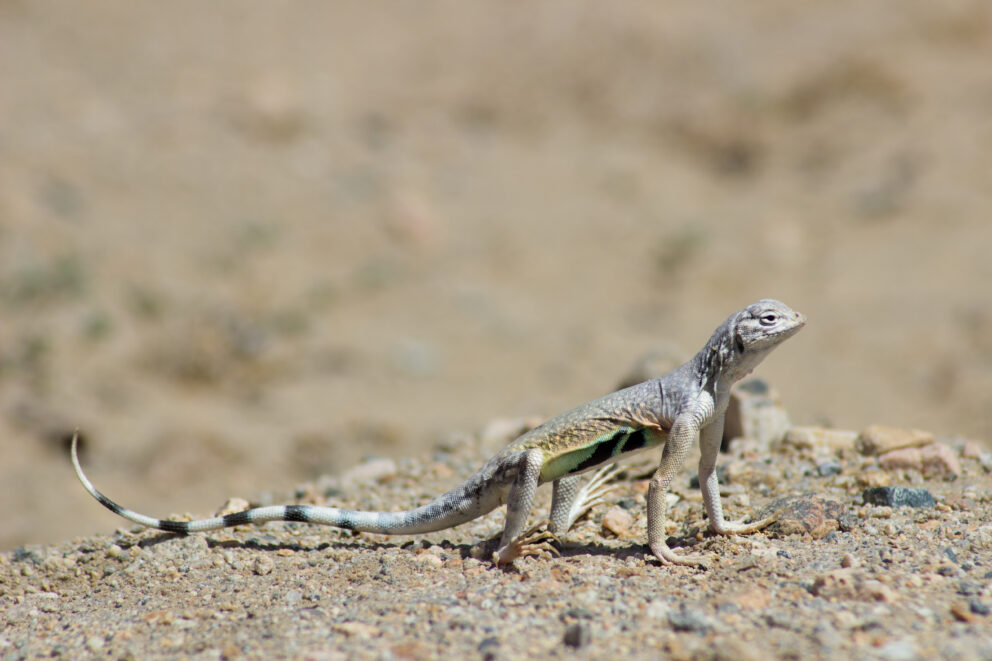- SCIENTIFIC NAME
- Lampropeltis pyromelana
- CLASSIFICATION
- Reptile
- LIFE SPAN
- 10-15 Years
- STATE CONSERVATION STATUS
-
- Priority Species
- State Protected
- FEDERAL CONSERVATION STATUS
- Least Concern
- GAME STATUS
- Non-Game
- Washoe
- Humboldt
- Pershing
- Churchill
- Mineral
- Lyon
- Douglas
- Carson City
- Storey
- Elko
- Lander
- Eureka
- White Pine
- Esmeralda
- Nye
- Lincoln
- Clark
Habitat & Range
Sonoran Mountain Kingsnake habitats are primarily rocky, montane, and often near streams or springs. They prefer wet areas near surface water and vegetation. The Sonoran Mountain Kingsnake is limited to the east-central mountains in Nevada.
- Cliffs and Canyons
- Ephemeral Pools
- Pinyon juniper forests
Threats
- Habitat Degradation
- Habitat Loss
- Overcollection
- Wildfires
Natural History
The Sonoran Mountain Kingsnake is mostly active during the day when it pursues prey like lizards, frogs, snakes, and small mammals. They will hide out among rocks, logs, and under vegetation to escape excessive heat, hide from predators, or scope out prey.
They use constriction to subdue their prey, and are capable of consuming rattlesnakes, which is why they are called kingsnakes. Their coloration is similar to the colors of the coral snake. This is a form of defense called Batesian mimicry. Looking similar to a Coral Snake helps to ward off potential predators which include birds of prey, other snakes, lizards, and predatory mammals.
The females lay three to six eggs during the breeding season.
Fun Facts














